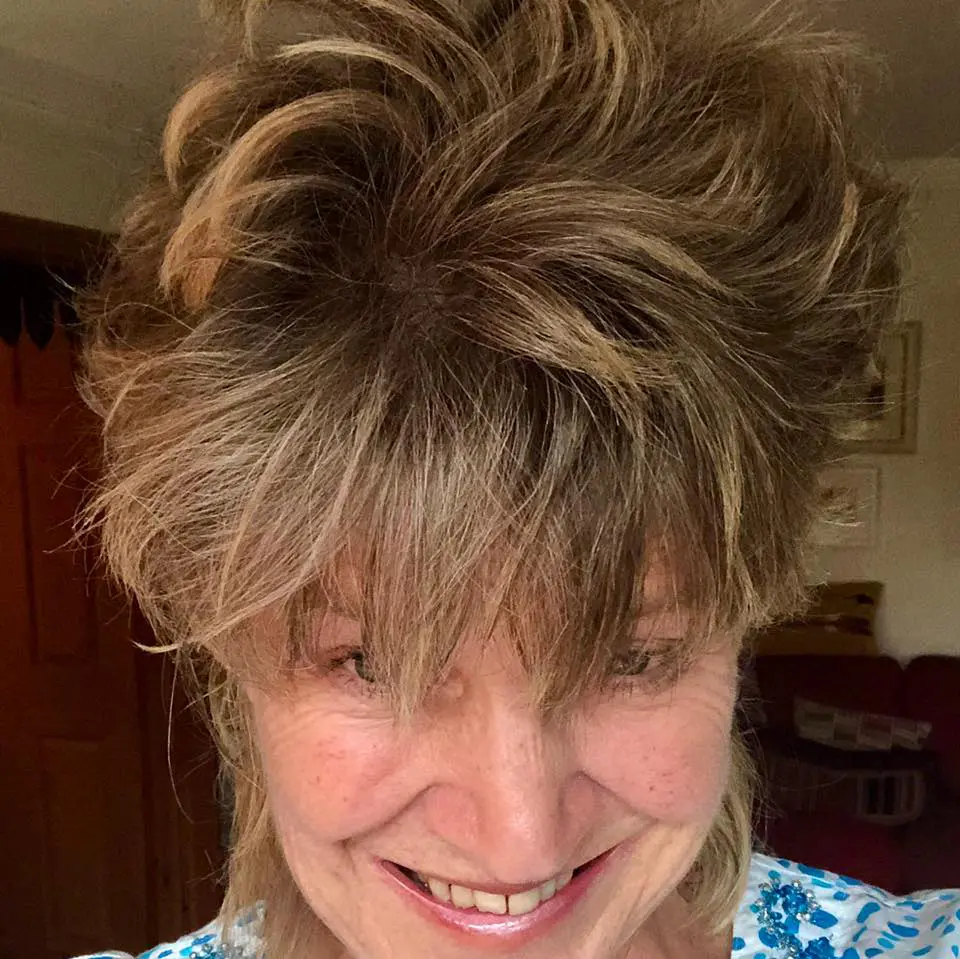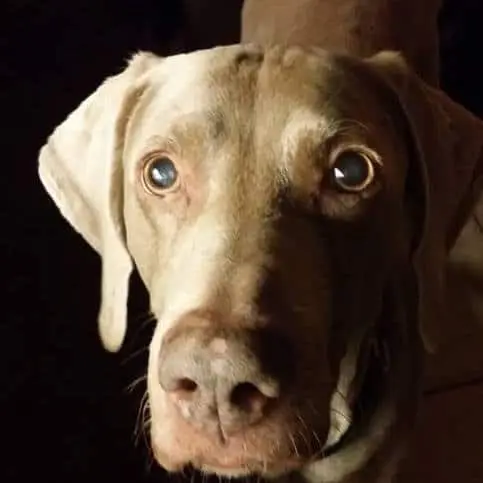Choosing a size and a pose for portraits
Size Options
You’ll find a list of typical sizes on the prices page to give you a guide. If you have a particular size in mind or want to fill an existing frame, please get in touch for a quote.
Unless you want a big statement piece, then a general rule of thumb is that a portrait head should be no bigger than the subject’s head in reality.
The Pose
Here you really need to think about what sort of portrait you want. There’s no right or wrong answers here and it’s completely a personal choice as to how you want your subject represented.
- Is there an aspect of their character you want to capture?
- Do you want to see a particular expression, that you know very well?
- You may well simply want to choose a favourite photograph for me to work from, or take photographs specifically for the piece.
Suggestions for poses can be:
- Looking straight ahead and smiling
- A more thoughtful and comtemplative look
- With a favourite pet
- Subject looking away
- Looking down
- A side-on profile image
- Sitting somewhat to the side looking back at us, slightly over the shoulder.
Other Considerations
Photo Reference
When drawing or painting a portrait, the photographs that you send me to work from are a substitute for someone sitting right in front of me. Please bear this in mind and make them large and clear enough to provide the same amount of detail. The more detail the better.
Photographs downloaded from social media are NOT suitable either as they have been resized and compressed.
Professionally taken photos ideal as they are large, close-up and sharp. You can usually request an original digital file from the photographer.
The most important thing is that the subject of the photo is large and sharp.
Taking the photo outside in natural light is a very good option but steer clear of direct sunlight which can ‘bleach out’ some colour, make people squint and produce strong shadows. Artificial light can often cause a grainy image, so aim for daylight to take your photos.
Don’t worry about the background, as I will ignore this (unless you want it to be included)
For a pet photo, make sure to remove their collar unless you want it to be included in the portrait.
How many photos to send?
In order to create a portrait of someone I haven’t met and still produce a very accurate likeness, I will make a fairly exact copy of one particular photograph. But it can be very helpful for me to get a full impression of the subject’s appearance by seeing see one or two more photos. These don’t need to have the same degrees of quality as the key image I’ll be working from.
What can be changed from your original photo?
You’re unlikely to get an absolutely perfect photo and that is fine as there are small aspects I can change. For example:
- Tidy up hair and fur a bit
- Remove blemishes / dribble / food from around a mouth
However, I cannot:
- Take a head from one photo and put it onto the body of another.
- Completely change someone’s expression
- Make drastic alterations to clothing
Joint portraits, companion / pairs of portraits
Two or more subjects on the same page is best when the photograph is taken of all subjects together.
If I have two different photos taken at different times the lighting and tones will not match and it’s hard to unify them to produce a coherent and convincing image. This is also promlematic in relation to ratio.
Even separate ‘companion portraits’ will look much nicer if created from photos taken at the same time and in the same setting, so that their shadows and tonal qualities will complement each other and not have noticeably different looks.
It may be possible to ‘mix and match’ the subjects from different pictures but taken at the same shoot, if the angles are very are similar, because the lighting and picture quality will be the same in both photos.
If this is not possible, a good alternative would be a montage where the images are on the same sheet but look separate.


